-
 chevron_right
chevron_right
Si votre site #web est hébergé sur wordpress.com, il va servir à entraîner l'IA de #Midjourney et #OpenAI
Mathias Poujol-Rost ✅ · Wednesday, 27 March - 11:58
- label
-
 chevron_right
chevron_right
Le réalisateur du « clip IA » de Bigflo & Oli nous en raconte les coulisses
news.movim.eu / Numerama · Wednesday, 27 March - 11:12
-
 chevron_right
chevron_right
AI-generated child sex imagery has every US attorney general calling for action
news.movim.eu / ArsTechnica · Wednesday, 6 September, 2023 - 21:48 · 1 minute
-
 chevron_right
chevron_right
Fake Pentagon “explosion” photo sows confusion on Twitter
news.movim.eu / ArsTechnica · Tuesday, 23 May, 2023 - 21:01 · 1 minute
-
 chevron_right
chevron_right
Artists astound with AI-generated film stills from a parallel universe
news.movim.eu / ArsTechnica · Friday, 7 April, 2023 - 22:49
-
 chevron_right
chevron_right
The power of AI compels you to believe this fake image of Pope in a puffy coat
news.movim.eu / ArsTechnica · Monday, 27 March, 2023 - 21:41
-
 chevron_right
chevron_right
AI platform allegedly bans journalist over fake Trump arrest images
news.movim.eu / ArsTechnica · Wednesday, 22 March, 2023 - 17:05
-
 chevron_right
chevron_right
AI-faked images of Donald Trump’s imagined arrest swirl on Twitter
news.movim.eu / ArsTechnica · Tuesday, 21 March, 2023 - 16:30
-
 chevron_right
chevron_right
AI imager Midjourney v5 stuns with photorealistic images—and 5-fingered hands
news.movim.eu / ArsTechnica · Thursday, 16 March, 2023 - 20:50
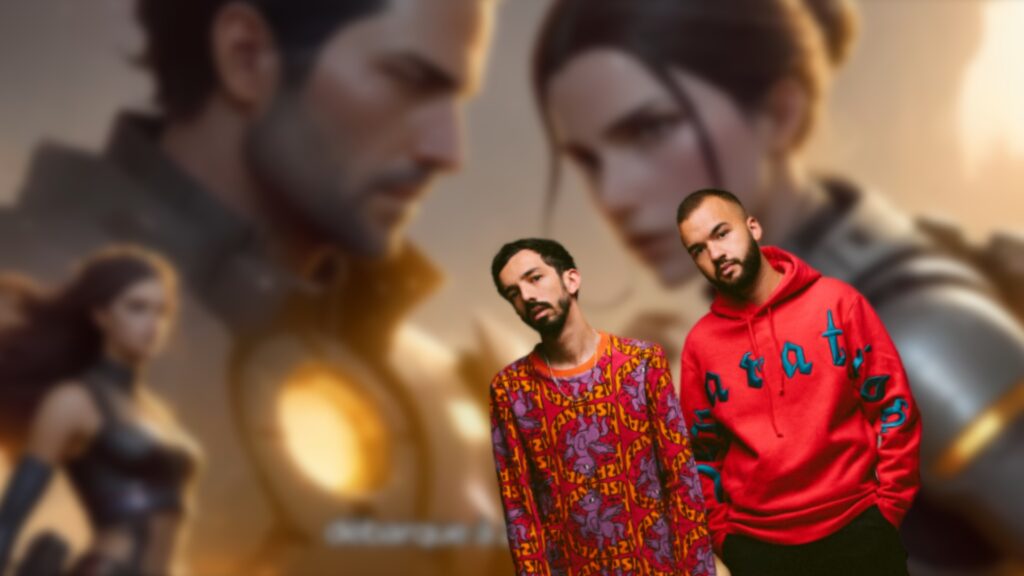
En deux jours, plus de 200 000 personnes ont déjà vu le dernier clip de Bigflo & Oli sur YouTube. Les rappeurs ont fait le choix d'utiliser l'intelligence artificielle Stable Diffusion pour générer une dizaine de milliers d'images qui illustrent leurs paroles. Numerama a interviewé son réalisateur.
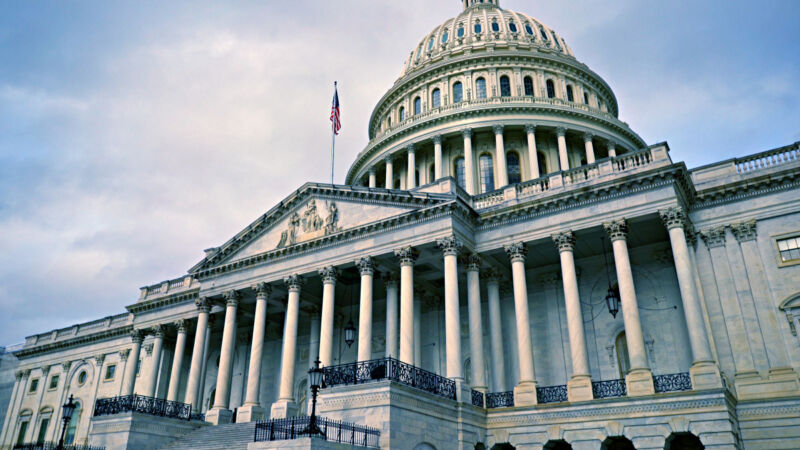
Enlarge (credit: Getty Images )
On Wednesday, American attorneys general from all 50 states and four territories sent a letter to Congress urging lawmakers to establish an expert commission to study how generative AI can be used to exploit children through child sexual abuse material (CSAM). They also call for expanding existing laws against CSAM to explicitly cover AI-generated materials.
"As Attorneys General of our respective States and territories, we have a deep and grave concern for the safety of the children within our respective jurisdictions," the letter reads. "And while Internet crimes against children are already being actively prosecuted, we are concerned that AI is creating a new frontier for abuse that makes such prosecution more difficult."
In particular, open source image synthesis technologies such as Stable Diffusion allow the creation of AI-generated pornography with ease, and a large community has formed around tools and add-ons that enhance this ability. Since these AI models are openly available and often run locally, there are sometimes no guardrails preventing someone from creating sexualized images of children, and that has rung alarm bells among the nation's top prosecutors. (It's worth noting that Midjourney, DALL-E, and Adobe Firefly all have built-in filters that bar the creation of pornographic content.)
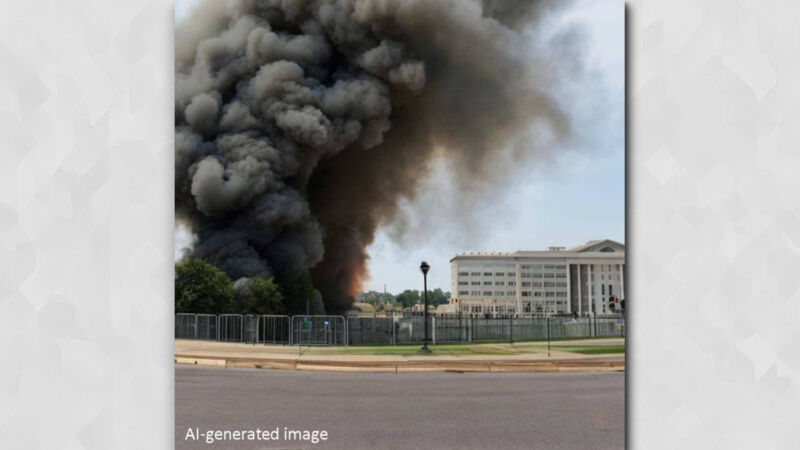
Enlarge / A fake AI-generated image of an "explosion" near the Pentagon that went viral on Twitter. (credit: Twitter)
On Monday, a tweeted AI-generated image suggesting a large explosion at the Pentagon led to brief confusion, which included a reported small drop in the stock market. It originated from a verified Twitter account named "Bloomberg Feed," unaffiliated with the well-known Bloomberg media company, and was quickly exposed as a hoax. However, before it was debunked, large accounts such as Russia Today had already spread the misinformation, The Washington Post reported .
The fake image depicted a large plume of black smoke alongside a building vaguely reminiscent of the Pentagon with the tweet "Large Explosion near The Pentagon Complex in Washington D.C. — Inital Report." Upon closer inspection, local authorities confirmed that the image was not an accurate representation of the Pentagon. Also, with blurry fence bars and building columns, it looks like a fairly sloppy AI-generated image created by a model like Stable Diffusion .
Before Twitter suspended the false Bloomberg account, it had tweeted 224,000 times and reached fewer than 1,000 followers, according to the Post, but it's unclear who ran it or the motives behind sharing the false image. In addition to Bloomberg Feed, other accounts that shared the false report include “Walter Bloomberg” and “Breaking Market News," both unaffiliated with the real Bloomberg organization.
Enlarge / An AI-generated image from an #aicinema still series called "Vinyl Vengeance" by Julie Wieland, created using Midjourney. (credit: Julie Wieland / Midjourney )
Since last year, a group of artists have been using an AI image generator called Midjourney to create still photos of films that don't exist. They call the trend "AI cinema." We spoke to one of its practitioners, Julie Wieland, and asked her about her technique, which she calls "synthography," for synthetic photography.
The origins of “AI cinema” as a still image art form
Last year, image synthesis models like DALL-E 2 , Stable Diffusion , and Midjourney began allowing anyone with a text description (called a "prompt") to generate a still image in many different styles. The technique has been controversial among some artists, but other artists have embraced the new tools and run with them.
While anyone with a prompt can make an AI-generated image, it soon became clear that some people possessed a special talent for finessing these new AI tools to produce better content. As with painting or photography, the human creative spark is still necessary to produce notable results consistently.
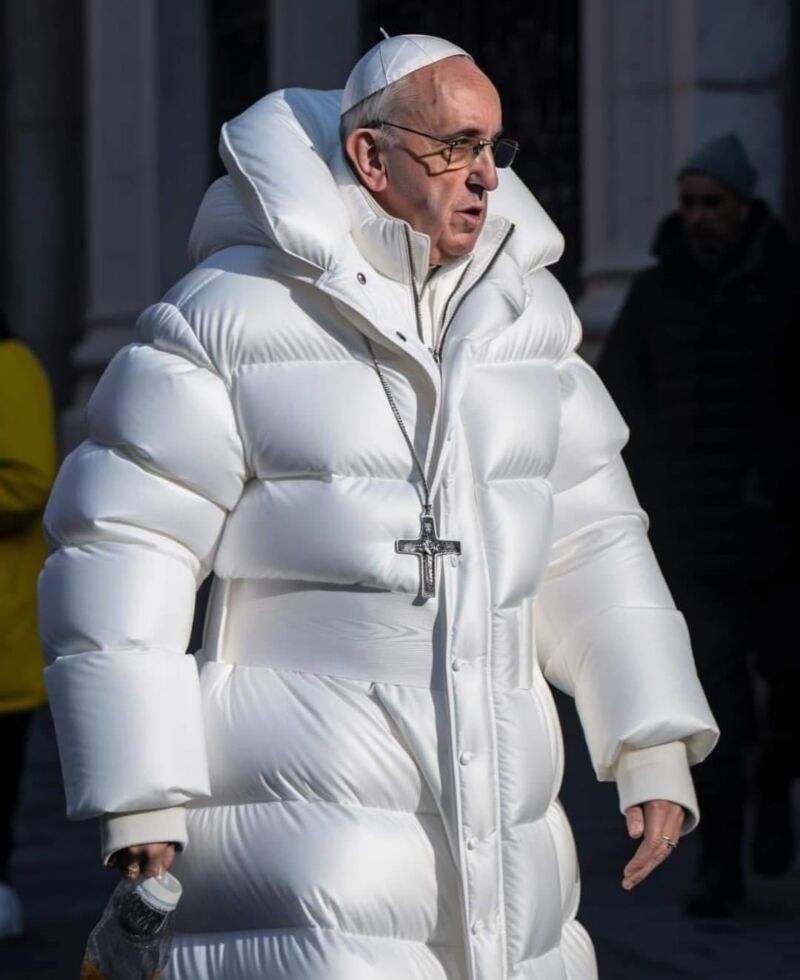
Enlarge / An AI-generated photo of Pope Francis wearing a puffy white coat that went viral on social media. (credit: @skyferrori on Twitter )
Over the weekend, an AI-generated image of Pope Francis wearing a puffy white coat went viral on Twitter, and apparently many people believed it was a real image. Since then, the puffy pontiff has inspired commentary on the deceptive nature of AI-generated images, which are now nearly photorealistic.
The pope image, created using Midjourney v5 (an AI image synthesis model), first appeared in a tweet by a user named Leon ( @skyferrori ) on Saturday and quickly began circulating as part of other meme tweets featuring similar images as well, including one that humorously speculates about a pope "lifestyle brand."
OKAAYYY pic.twitter.com/MliHsksX7L
— leon (@skyferrori) March 25, 2023
Not long after, Twitter attached a reader-added context warning to the tweet that reads, " This is an AI-generated image of Pope Francis. It is not a genuine photo. "
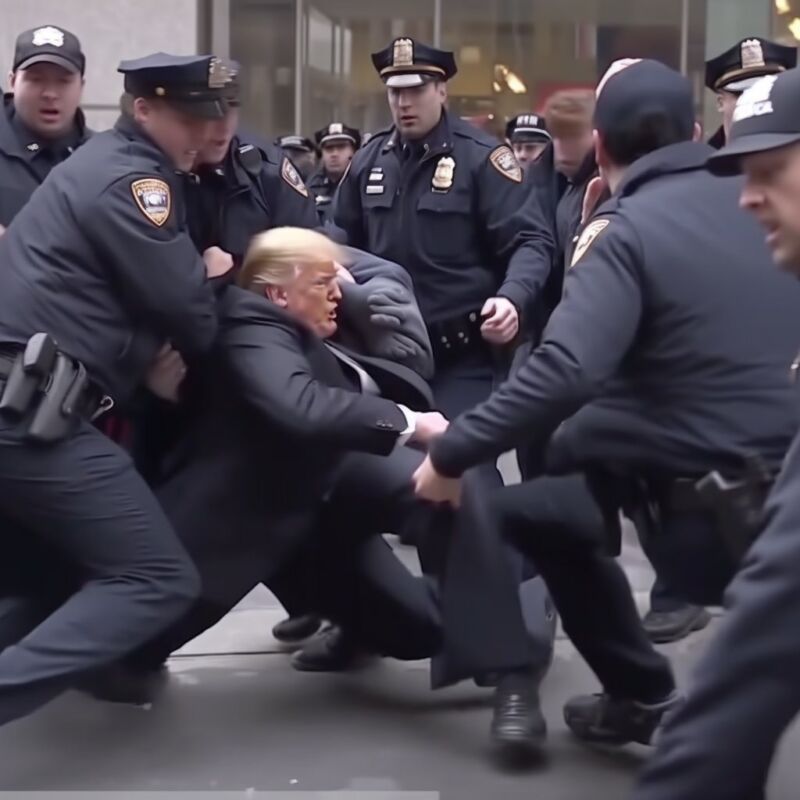
Enlarge / AI-generated photo faking Donald Trump's possible arrest, created by Eliot Higgins using Midjourney v5. (credit: @EliotHiggins on Twitter )
Yesterday, about 50 AI-generated images imagining what former President Donald Trump’s arrest would look like spread across Twitter. The images caused confusion for some users because the Midjourney v5 engine used to create them generates such realistic-looking content .
Today, the Midjourney user behind the images—Bellingcat founder Eliot Higgins— alleged to Buzzfeed News that he was banned from Midjourney over the images. Buzzfeed also reported that Midjourney has banned the word “arrest” from being used in text prompts to generate images.
Midjourney has not yet confirmed the ban. An Ars test indicates that prompts using Donald Trump’s name also seem to be blocked on the engine, generating instead an error message saying that the prompt was blocked because “it may conflict with our content policy.” We got the same error message when we used prompts including other Trump family names and all the presidents’ names. However, other celebrity names, like former NFL player Tom Brady, are still seemingly acceptable in prompts.
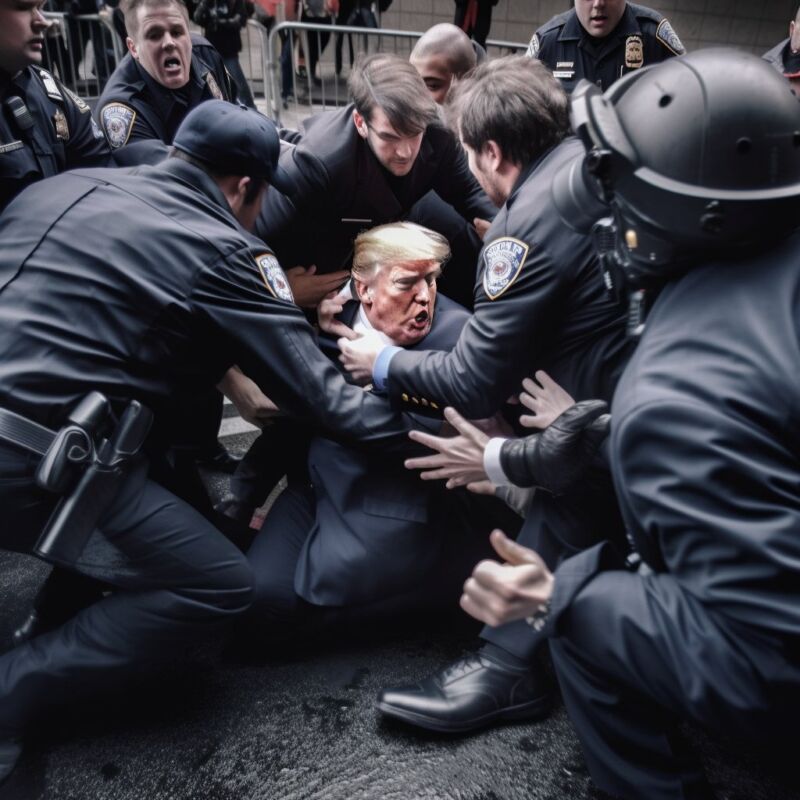
Enlarge / AI-generated photo faking Donald Trump's possible arrest, created by Eliot Higgins using Midjourney v5. (credit: @EliotHiggins on Twitter )
As the world waits to see if former President Donald Trump will actually be indicted today over hush-money payments to porn star Stormy Daniels, AI-generated images began circulating on Twitter imagining what that arrest would look like. Showing Trump resisting arrest and being dragged off by police, the realistic but very fake photos have already been viewed by millions.
“Making pictures of Trump getting arrested while waiting for Trump's arrest,” tweeted Eliot Higgins , who is the founder and creative director of Bellingcat, an independent international collective of researchers, investigators, and citizen journalists.
In a tweet , Higgins confirmed that he used the impressively realistic AI engine Midjourney v5 to generate the fake images .
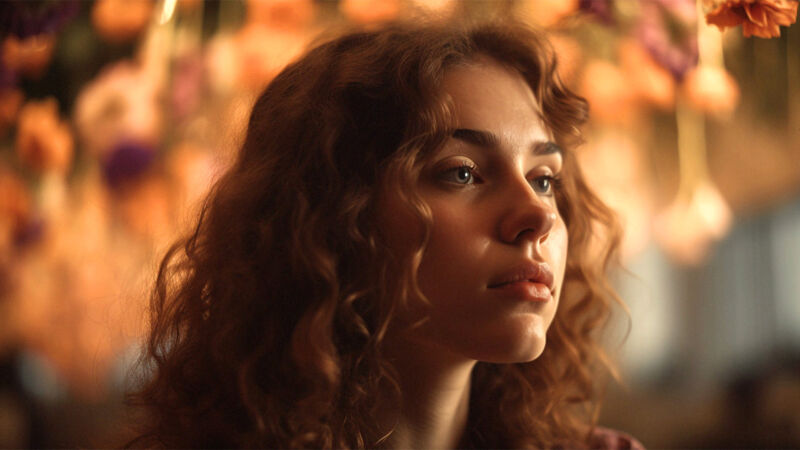
Enlarge / An example of lighting and skin effects in the AI image generator Midjourney v5. (credit: Julie W. Design )
On Wednesday, Midjourney announced version 5 of its commercial AI image synthesis service, which can produce photorealistic images at a quality level that some AI art fans are calling creepy and " too perfect ." Midjourney v5 is available now as an alpha test for customers who subscribe to the Midjourney service, which is available through Discord.
"MJ v5 currently feels to me like finally getting glasses after ignoring bad eyesight for a little bit too long," said Julie Wieland, a graphic designer who often shares her Midjourney creations on Twitter. "Suddenly you see everything in 4k, it feels weirdly overwhelming but also amazing."
Wieland shared some of her Midjourney v5 generations with Ars Technica (seen below in a gallery and in the main image above), and they certainly show a progression in image detail since Midjourney first arrived in March 2022. Version 3 debuted in August, and version 4 debuted in November . Each iteration added more detail to the generated results, as our experiments show:



